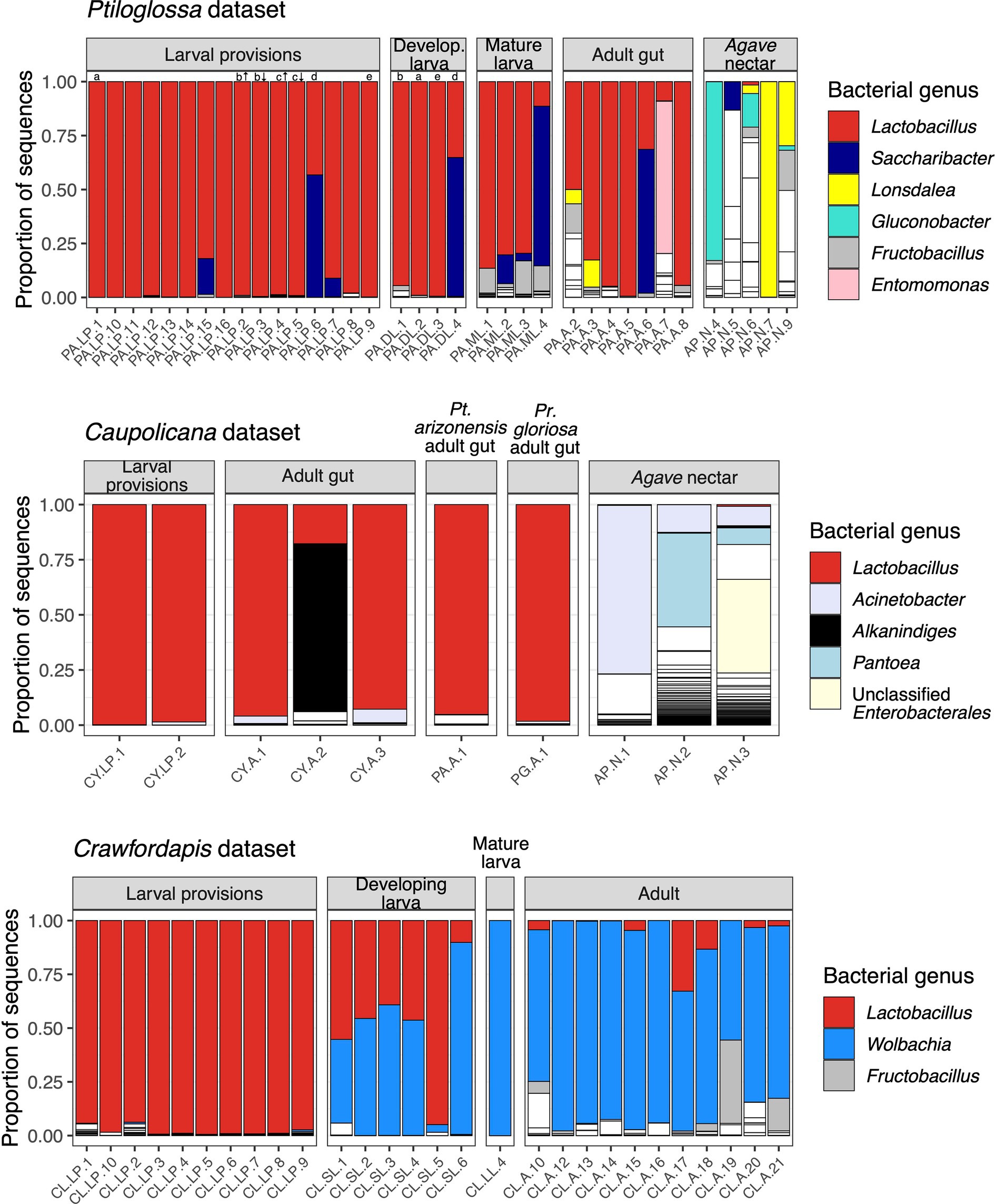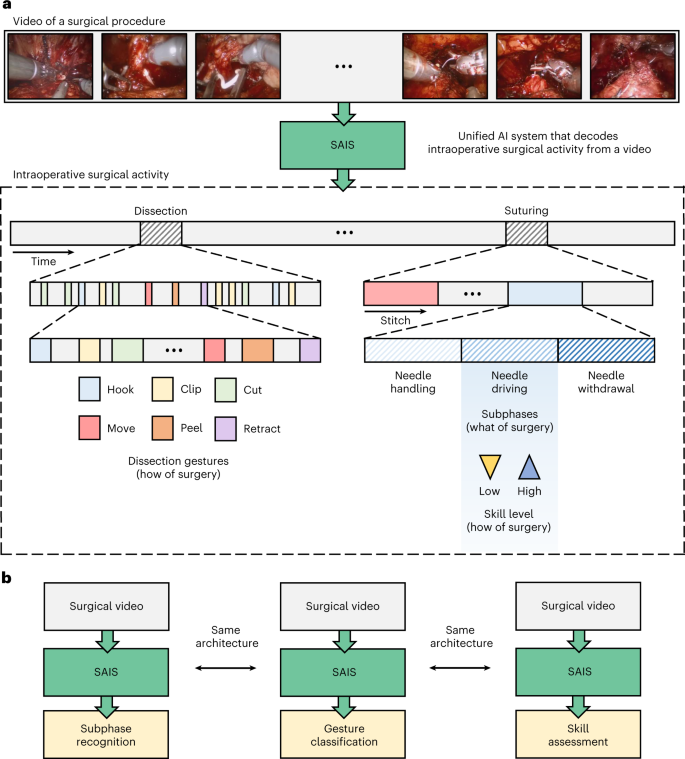2023-04-20 カリフォルニア大学校アーバイン校(UCI)
セロファン蜂は、ブルードセルと呼ばれる空間に子孫のための液体食品を「醸造」します。ブルードセルのマイクロバイオームは、ヨーグルト、サワークラウト、酸味のあるパンなどを発酵する役割がある乳酸菌が優勢です。これらの菌は発酵が始まったセロファン蜂の食料の中で高い活性を示し、幼虫の発育に栄養源として重要な役割を果たすと考えられます。また、セロファン蜂の餌の微生物生物量は、他の蜂種と比較して非常に高く、発酵性の高い臭いを放つことが特徴です。
この研究により、昆虫の微生物群集を研究することの重要性が示されました。これらの微生物と昆虫の宿主の複雑な相互作用を理解することにより、科学者はこれらの重要な動物と彼らが生息する生態系の生物学について新しい洞察を得ることができます。
<関連情報>
- https://news.uci.edu/2023/04/20/uc-irvine-biologists-discover-bees-to-be-brew-masters-of-the-insect-world/
- https://www.frontiersin.org/articles/10.3389/fmicb.2023.1114849/full
ミツバチの醸造所: セロハンミツバチの異常な発酵性、乳酸菌支配のブルードセルマイクロバイオーム
Bee breweries: The unusually fermentative, lactobacilli-dominated brood cell microbiomes of cellophane bees
Tobin J. Hammer, Jordan Kueneman, Magda Argueta-Guzmán, Quinn S. McFrederick, Lady Grant, William Wcislo, Stephen Buchmann and Bryan N. Danforth
Frontiers in Microbiology Published:05 April 2023
DOI:https://doi.org/10.3389/fmicb.2023.1114849

Pathogens and parasites of solitary bees have been studied for decades, but the microbiome as a whole is poorly understood for most taxa. Comparative analyses of microbiome features such as composition, abundance, and specificity, can shed light on bee ecology and the evolution of host–microbe interactions. Here we study microbiomes of ground-nesting cellophane bees (Colletidae: Diphaglossinae). From a microbial point of view, the diphaglossine genus Ptiloglossa is particularly remarkable: their larval provisions are liquid and smell consistently of fermentation. We sampled larval provisions and various life stages from wild nests of Ptiloglossa arizonensis and two species of closely related genera: Caupolicana yarrowi and Crawfordapis luctuosa. We also sampled nectar collected by P. arizonensis. Using 16S rRNA gene sequencing, we find that larval provisions of all three bee species are near-monocultures of lactobacilli. Nectar communities are more diverse, suggesting ecological filtering. Shotgun metagenomic and phylogenetic data indicate that Ptiloglossa culture multiple species and strains of Apilactobacillus, which circulate among bees and flowers. Larval lactobacilli disappear before pupation, and hence are likely not vertically transmitted, but rather reacquired from flowers as adults. Thus, brood cell microbiomes are qualitatively similar between diphaglossine bees and other solitary bees: lactobacilli-dominated, environmentally acquired, and non-species-specific. However, shotgun metagenomes provide evidence of a shift in bacterial abundance. As compared with several other bee species, Ptiloglossa have much higher ratios of bacterial to plant biomass in larval provisions, matching the unusually fermentative smell of their brood cells. Overall, Ptiloglossa illustrate a path by which hosts can evolve quantitatively novel symbioses: not by acquiring or domesticating novel symbionts, but by altering the microenvironment to favor growth of already widespread and generalist microbes.


